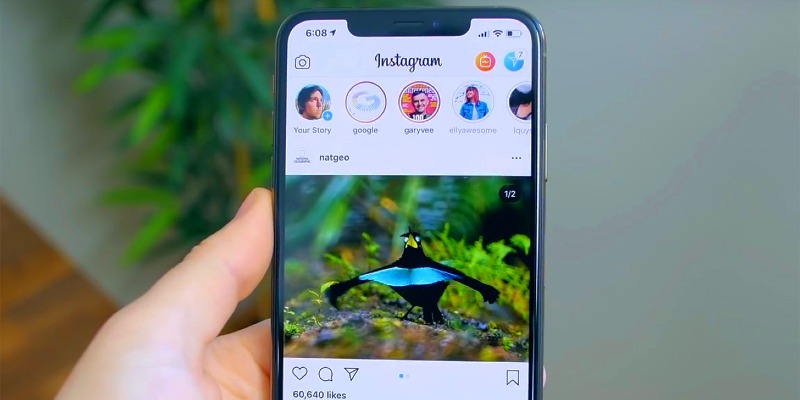Instagram’s latest changes to its application programming interface (API) are big news for app developers and users alike. Rolled out in late June of 2020, the new Instagram API updates add some fresh features, better security, and more control.
To bring you up to speed with what these new Instagram API updates mean and how they impact its functionality and interoperability, here’s a quick overview of the tweaks that have been made.
Out with the old, in with the new
The short explanation of this change is that the Basic Permission API has been put out to pasture, and has instead been replaced with the Basic Display API.
The upshot is that any third party applications which are still making use of the now defunct API will be unable to grab snaps from an Instagram account and showcase them natively. In order to continue operating as normal, they will need to make the leap to the updated API, or else face the unavoidable reality that integration with this hugely popular social media platform will be impossible.
Fresh features
There are a number of motivations behind making the Basic Display API the go-to solution for allowing Instagram pics to be showcased by third party apps and plugins.
First and foremost, the intention is to boost the amount of privacy that users are provided. While in the past it was possible for third party apps to also receive location data along with geotagged photos via the API, this feature is not in the updated API.
Other data points have also been pulled from circulation, so apps will not be able to display the number of followers that an account has, for example.
This could obviously be seen as something of a setback for app developers who are using Instagram API with Python at the moment, since it reduces the amount of potentially impactful information available to them when pulling pics from the platform to use in their own creations. However, from a user perspective the improved protection for personal details will be valuable.
Increased control
Another core element of the updated API is that it provides users with the ability to determine exactly what type of data is distributed to the third party apps that they link with their Instagram accounts.
There is a good deal of granularity to all of this, meaning that you can even change whether or not an app is able to display your user name, or the time at which a photo was taken, for example.
Critics argue that Instagram has actually been a little slow off the mark with all of these new Instagram API updates, given that rival social media platforms like Twitter took steps to adjust APIs so that user security was at the top of the agenda some time ago.
Of course business accounts are exempt from some of these restrictions, for the purposes of allowing brands and influencers to make sure that their content is still eminently sharable. Users who want to be able to share things like likes and comments on pictures via the API will need to switch to a business account to achieve this.
You can always find more new Instagram mobile news nearly every day here on MobileVillage.





